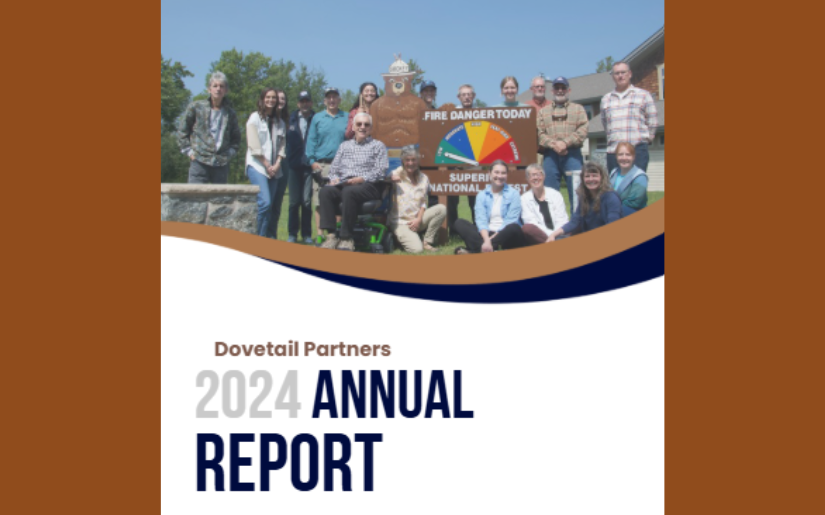In 2016, organic sales in the US totaled $47 billion, an increase of almost $3.7 billion from the previous year and the first time the American organic market surpassed the $40-billion mark. The global organic market expanded between 2012 and 2016 at a 10.9% annual growth rate and is forecast to exceed $187 billion by 2021. There are 87 countries around the world with established organic regulations and an estimated 2.4 million organic producers worldwide.
Could organic standards apply to wood? The question is open, and the answer is only in the trying. In reality, many forest products are being grown organically with widespread use of native species, natural crop rotations and limited use of artificial pesticides or fertilizers (i.e., primarily during establishment phases and ending many years before products are harvested). However, the forest products provided by this type of management are not readily identifiable to consumers. There is no widely recognized organic forestry standard and only two certifiers have developed national organic forestry standards (Debio in Norway and Naturland in Germany).
The organic industry is one of the most widely recognized examples of a green marketplace opportunity that has driven change in land management and crop production over the past fifty years. The USDA National Organic Program (NOP) and the organic seal are readily recognized in the marketplace and significant economic benefits are often available to organic producers.
The certified organic approach is cost-effective (e.g., certification fees are low and market values are high), and both large and small producers participate. Defined roles and activities are spelled-out in the requirements and product claims are largely backed by government programs and legal systems. Also, the necessary infrastructure exists for efficiently certifying operations, including multiple auditing bodies in almost every US state. The USDA NOP has already certified a small number of forest products, including Christmas trees and maple syrup.
This report provides an introduction to organic certification and the standards that apply. The report explores how forest products – including fiber materials, solid wood, energy products, and soil amendments – might align with and benefit from organic certification. Related concerns and considerations are also addressed.
- Lead AuthorFernholz
- DateSeptember 2017
- CategoryAgriculture, Environmental, Forest products, Forestry, Soil, Wood
- Project FileDownload

.png)
.png)



